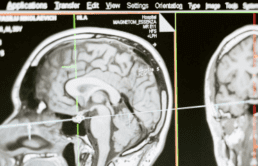
Osteopaths assess patients from a mechanical, functional, and postural standpoint. This is achieved by mobility assessment, to move and palpate the joints and tissues of the body, and other special orthopaedic tests.
Physical treatment is directed towards the areas considered to be significant in each individual patient’s condition. It varies between people because everyone is different, some patients respond well to gentle treatment, such as osteopathy in the cranial field, whereas others will do better with stronger techniques such as High Velocity Thrust techniques (the famous clicking of spinal joints)The advantage is that osteopaths have a choice of many techniques to accommodate a great number of patients and their requirements.
Osteopaths may also provide a management plan; suggesting postural and lifestyle adjustments, how to manage current symptoms and prevention strategies which can include rehabilitation exercises.

Musculoskeletal therapy is a holistic manual therapy that is concerned with assessing and treating the various elements of the musculoskeletal system, utilising a number of techniques including joint mobilisation, tissue mobilisation, stretching and trigger point therapy; amongst others.
The musculoskeletal system is responsible for the form and support of the body, and enables us to have the ability to move while providing protection to our sensitive internal organs. It consists of our skeleton, muscles, cartilage, ligaments, tendons and joints – all of which work together to facilitate movement, balance and correct posture.

At Peak Body Mechanics, we always strive to use the most advanced, evidence-based therapies to enhance our osteopathic treatments, one of these treatments THOR laser, we chose THOR laser due to their involvement in numerous research studies and world-leading knowledge in dosage; THOR lasers represent the Gold Standard in PhotoBioModulation (PBM).
NeurOptimal Brain Training Nurture the User Toward Better Daily Performance Whether your goals surround making progress on mental health, hitting career milestones and personal bests or reducing reactive behaviours, NeurOptimal® may be the training system that unlocks your greatest potential.
This innovative form of neurofeedback is not a medical treatment, but instead is a TRAINING for the brain. It does not require diagnosis, but rather it ‘dances’ microsecond by micro-second with your brain offering it the information it needs to RE-ORGANIZE ITSELF. And when your brain does that, a whole lot of complaints drop away. You feel calmer, clearer, happier and able to function better in your life.

When muscles become knotted, tense and/ or damaged, remedial massage provides a healing option.
Remedial massage is the application of a range of therapeutic techniques, used to treat muscles that are knotted, tense, stiff, or damaged. The remedial therapist will assess and identify which areas of the body require treatment, and use a range of massage based techniques to optimise muscle function.
Do you suffer from pain but don’t want to rely on conventional ways to alleviate it such as using painkillers? There is a great therapy called myofascial dry needling that can be of help. Not to be confused with acupuncture, myofascial dry needling can be great in treating either short or long lasting pain. Read on for more information.

SCENAR was developed for the Russian space programme to overcome the unique problems of space travel by doctors and scientists in the late 1970s.
The SCENAR is a small handheld device which is applied to the skin and creates a tingling or prickling sensation and which the therapist will set the variables within the different algorithms to elicit the desired response from the brain.
Depending on the circumstances the SCENAR treatment may be used in conjunction with other modalities/treatments or used on its own.
Today SCENAR is a mainstream medical modality in Russia and there it has very many applications.In Australia, there are two SCENAR technologies currently listed on the ARTG with the TGA, the SCENAR Professional and the Physiokey.
At Peak Body Mechanics, we treat patients of all ages, Dr Karen Prince-Popovich, our principal osteopath has over 30 years experience treating babies and children even as an undergraduate student at the European School of Osteopathy (UK), where she was taught by Stuart Korth co- founder of the UK charity Osteopathic Centre for Children and Susan Turner, amongst other inspiring teachers at the ESO.
Typical baby complaints are treated including colic, restlessness, difficultly walking, sleeping, burping etc.

A holistic approach to health
At Peak Body Mechanics, we are committed to giving you the best integrative healthcare by providing the most up to date technology and evidence based treatment plans in association with our holistic mechanical modalities.
Our practice set in the beautiful Whitsundays is the first complementary health clinic in Australia to also offer Scenar therapy, Neurofeedback brain training as well as PhotoBioModulation (Thor laser) therapy.
Each and every patient is important to us regardless of where they come from and what they do, we do what we love and in return, our patients love what we do…
Some examples of complaints treated at our clinics are:
- Lower back pain, disc injuries, sciatica
- Neck pain, headaches, trapped nerves
- Sinus congestion and pain
- Dizziness and vertigo
- Arthritis, osteoarthritis, stiffness in joints
- Shoulder pain, Shoulder impingement
- Elbow, wrist, and hand pain
- Knee and hip joint pain
- Foot and Ankle sprains and pain
- Tendonitis, bursitis, muscle strains,
and spasms such as acute neck stiffness - Pelvic and urogenital complaints
- Pregnancy related complaints – pelvic, lower back and hip problems, breathing difficulties, heartburn, carpal tunnel, and neck, shoulder
and upper back pain and stiffness - Sporting injuries
- Postural and computer related problems
- Whiplash and other trauma
To treat the whole of the body not just the part, facilitating change rather than forcing change by working with the body rather than against it.
To treat patients in a timely fashion to keep them out of trouble rather than having to get them out of trouble
Learning about our modalities.
June 20, 2021
NeurOptimal the only Dynamical Neurofeedback system
®Dynamical Neurofeedback®is a technology developed by Zengar Institute and used in its…
June 20, 2021
Why tight muscles are weak and painful
Many people have their concept of the human body as a frame of bones which have muscles,…
June 20, 2021
SCENAR – space technolgy
SCENAR was originally developed for the USSR space programme in the 1970’s as a means of…



